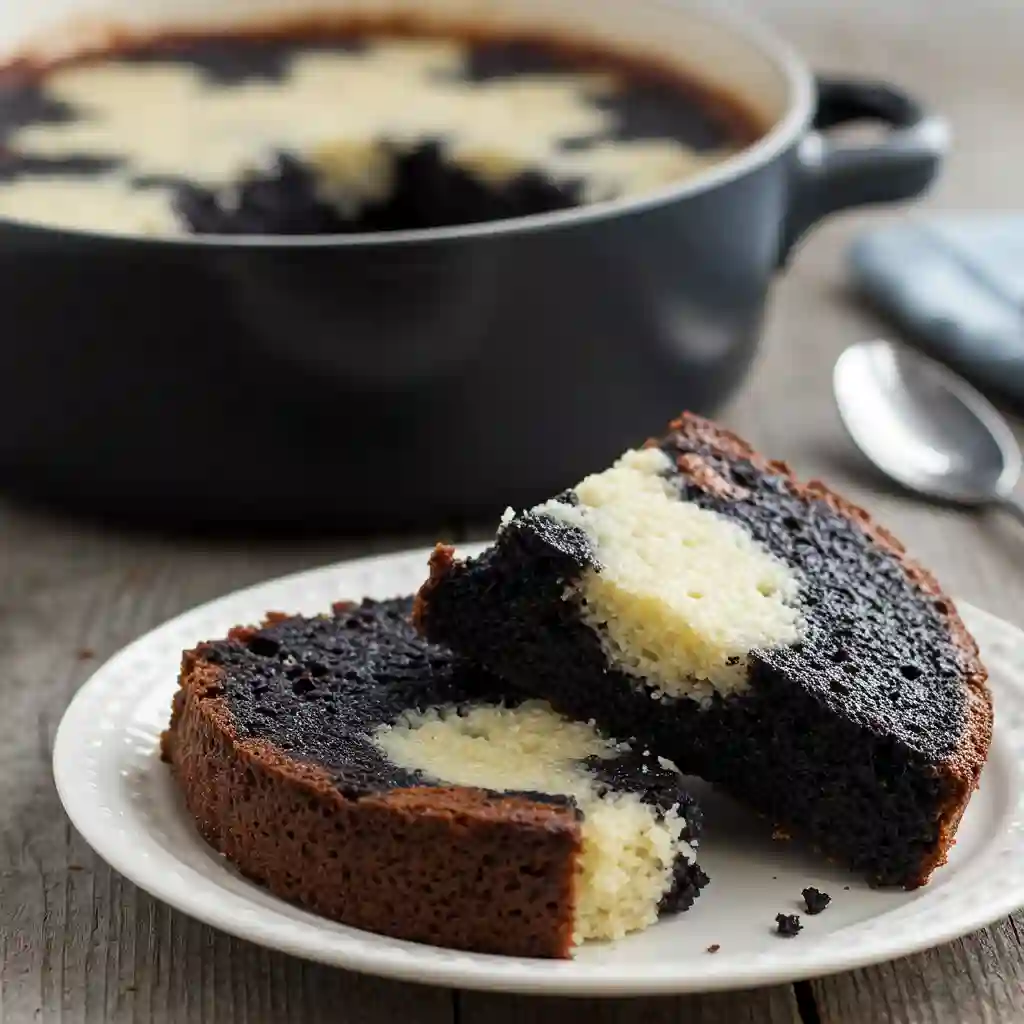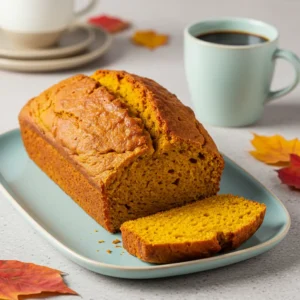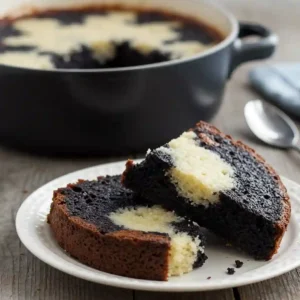Meta Description: Discover the authentic taste of Irish black and white pudding with our complete guide. Learn ingredients, recipes, cooking methods, and the rich history behind Ireland’s traditional breakfast favorite.
Irish black and white pudding represents one of Ireland’s most cherished culinary traditions, gracing breakfast tables across the Emerald Isle for centuries. These distinctive sausages, often misunderstood outside of Ireland, offer a unique blend of flavors and textures that have captured the hearts of locals and adventurous food lovers worldwide.
Whether you’re planning an authentic Irish breakfast or simply curious about this traditional delicacy, understanding the nuances between black and white pudding will elevate your culinary knowledge and appreciation for Irish cuisine.
Table of Contents
What is Irish Black and White Pudding?
Irish black and white pudding are traditional blood sausages that form an essential component of a full Irish breakfast. While they share similar preparation methods and many ingredients, the key distinction lies in their composition and resulting appearance.
Black pudding contains pork or beef blood as its primary ingredient, which gives it its characteristic dark color and rich, savory flavor. The blood is mixed with fat, oatmeal, onions, and a blend of herbs and spices before being stuffed into natural casings.
White pudding, conversely, omits the blood entirely, relying instead on pork fat, oatmeal, breadcrumbs, and sometimes minced liver for its base. This creates a lighter-colored sausage with a milder flavor profile that appeals to those who might be hesitant about blood-based foods.
Both varieties incorporate oats or barley as fillers, distinguishing them from blood sausages found in other cuisines. This high cereal content, combined with specific Irish herbs and spices, creates the unique texture and flavor that defines authentic Irish pudding.
Traditional Ingredients in Irish Black and White Pudding
Black Pudding Ingredients
The foundation of authentic Irish black pudding includes:
- Pork or beef blood (fresh, never frozen)
- Pork fat or beef suet (for richness and binding)
- Steel-cut oats or oatmeal (traditional filler)
- Breadcrumbs (modern addition for texture)
- Onions (finely chopped for flavor)
- Salt and black pepper (essential seasonings)
- Traditional spices: nutmeg, cloves, allspice
- Herbs: thyme, sage, sometimes pennyroyal
- Natural pork casings (for authentic preparation)
White Pudding Ingredients
White pudding shares many ingredients with its darker counterpart:
- Pork fat or suet (primary binding agent)
- Oatmeal or barley (traditional cereal base)
- Breadcrumbs (texture enhancement)
- Minced pork liver (optional, for depth)
- Onions (flavor foundation)
- Salt and pepper (essential seasonings)
- Herbs and spices: similar to black pudding
- Water or stock (for moisture)
The absence of blood in white pudding allows other flavors to shine through, creating a more subtle taste that complements rather than dominates breakfast plates.
The Rich History of Irish Pudding
Irish pudding traditions date back centuries, emerging from practical necessity during times when wasting any part of a slaughtered animal was unthinkable. Farmers and butchers developed methods to preserve blood and organ meats, creating nutritious, flavorful sausages that could feed families economically.
The tradition spread throughout Ireland, with regional variations developing based on local ingredients and preferences. Counties like Cork, Kerry, and Donegal became renowned for their distinctive pudding recipes, often closely guarded family secrets passed down through generations.
During the Irish emigration periods of the 19th and 20th centuries, Irish immigrants carried these recipes to new lands, establishing Irish pudding traditions in England, America, and Australia. Today, authentic Irish pudding remains a symbol of cultural identity and culinary heritage.
How to Make Authentic Irish Black Pudding
Equipment Needed
- Large mixing bowl
- Meat grinder (optional)
- Sausage stuffer or funnel
- Natural pork casings
- Sharp knife
- Kitchen scale

Step-by-Step Instructions
- Prepare the casings: Soak natural pork casings in lukewarm water for 30 minutes to soften and remove salt.
- Mix dry ingredients: Combine steel-cut oats, breadcrumbs, salt, pepper, and spices in a large bowl.
- Prepare wet ingredients: Finely chop onions and mix with fresh pork blood, ensuring no clots remain.
- Combine ingredients: Gradually add the blood mixture to dry ingredients, stirring constantly to prevent lumps.
- Add fat: Incorporate diced pork fat or suet, mixing thoroughly until evenly distributed.
- Test consistency: The mixture should hold together when squeezed but not be too dry or wet.
- Stuff casings: Using a sausage stuffer or funnel, carefully fill casings, avoiding air bubbles.
- Form links: Twist casings every 4-6 inches to create individual sausages.
- Cook immediately: Simmer gently in water for 20-25 minutes until firm.
How to Make Traditional Irish White Pudding
Ingredients for White Pudding
- 2 cups steel-cut oats
- 1 cup breadcrumbs
- 1 lb pork fat, diced
- 1 large onion, finely chopped
- 1 tsp salt
- 1/2 tsp black pepper
- 1/4 tsp nutmeg
- 1 tsp dried thyme
- Natural pork casings
Preparation Method
- Prepare oats: Soak steel-cut oats in warm water for 30 minutes, then drain.
- Mix dry ingredients: Combine oats, breadcrumbs, salt, pepper, nutmeg, and thyme.
- Prepare fat: Dice pork fat into small, uniform pieces.
- Combine mixture: Mix all ingredients thoroughly, adding small amounts of water if needed for binding.
- Stuff and cook: Follow the same stuffing and cooking process as black pudding.
Cooking Methods for Irish Pudding
Pan-Frying (Most Popular)
Slice pudding into 1/2-inch rounds and fry in a dry pan over medium heat for 3-4 minutes per side until golden and crispy outside, heated through inside.
Grilling
Brush whole puddings with oil and grill over medium heat, turning frequently, for 8-10 minutes until heated through.
Baking
Place slices on a baking sheet and bake at 375°F (190°C) for 15-20 minutes, flipping once.
Boiling
Simmer whole puddings in water for 10-15 minutes to reheat without browning.
Serving Suggestions and Pairings
Irish black and white pudding shines in various culinary applications:
Traditional Irish Breakfast: Serve alongside eggs, bacon, sausages, grilled tomatoes, and Irish soda bread.
Modern Applications:
- Crumble into mashed potatoes for added richness
- Use as pizza toppings for gourmet Irish-inspired pies
- Incorporate into stuffings for poultry
- Add to hearty stews and casseroles
Wine Pairings: Light red wines like Pinot Noir or crisp white wines such as Riesling complement the rich flavors.
Health Benefits and Nutritional Information
Irish pudding offers several nutritional advantages:
- High protein content from blood and meat components
- Iron-rich due to blood content in black pudding
- B-vitamins essential for energy metabolism
- Fiber from oatmeal and cereal fillers
- Healthy fats when made with quality ingredients
However, pudding should be consumed in moderation due to its high fat and sodium content.

Where to Buy Authentic Irish Pudding
In Ireland
- Local butcher shops
- SuperValu and Dunnes Stores
- Farmers markets
- Specialty Irish food stores
International Sources
- Irish import stores
- Online retailers specializing in Irish foods
- Some specialty butchers in Irish communities
- Foodireland.com for US customers
Storage and Shelf Life
Fresh pudding: Refrigerate for up to 5 days, freeze for up to 3 months Cooked pudding: Refrigerate for up to 3 days Commercial vacuum-packed: Follow manufacturer’s dates
Always check for signs of spoilage before consuming, and ensure proper cooking temperatures are reached.
Regional Variations Across Ireland
Different Irish regions have developed unique pudding styles:
Cork: Known for particularly spicy black pudding with generous herb blends Kerry: Features sweeter white pudding with subtle spicing Donegal: Traditional recipes with higher oat content Dublin: More refined versions adapted for urban palates
Conclusion
Irish black and white pudding represents more than just breakfast food—it embodies centuries of Irish culinary tradition, resourcefulness, and cultural identity. Whether you’re exploring authentic Irish cuisine or seeking to understand this unique delicacy, appreciating the craftsmanship and history behind these traditional sausages enhances the entire culinary experience.
From their humble origins as practical solutions for food preservation to their current status as beloved breakfast staples, Irish puddings continue to bring families together around breakfast tables while introducing adventurous food lovers to authentic Irish flavors.
The next time you encounter Irish black and white pudding, you’ll understand not just what you’re eating, but the rich cultural heritage and centuries of tradition that make each bite a connection to Ireland’s culinary soul.
Ready to experience authentic Irish flavors? Try making your own Irish black and white pudding using our traditional recipes, or seek out authentic varieties from reputable Irish food suppliers. Your taste buds will thank you for this delicious journey into Irish culinary heritage.
Frequently Asked Questions
What is in Irish black and white pudding?
Irish black pudding contains pork or beef blood, fat, oatmeal, onions, and spices stuffed into natural casings. Black pudding combines beef, oatmeal, onions, beef blood and spices, while white pudding uses pork fat, oats, breadcrumbs, and sometimes pork liver. The high oat content distinguishes Irish pudding from blood sausages in other cuisines.
What is the American equivalent of black pudding?
Blood sausage is the American equivalent of black pudding, though it varies by region – Spanish use rice, Poles use barley, and Brits use oats. Cajun boudin is a fresh sausage made with green onions, pork, pork liver, and rice, representing the closest American regional equivalent to Irish pudding.
What is the Irish version of black pudding?
The Irish version of black pudding is distinguished by its high oatmeal content and specific herb blends. Irish black pudding uses oatmeal, oat groats, or barley groats with herbs like pennyroyal, distinguishing it from blood sausages in other parts of the world. Traditional Irish recipes emphasize the cereal component more than other national variations.
What does white and black pudding taste like?
Black and white pudding are essentially the same aside from color, with black pudding getting its color from dried blood, and both incorporating oats and grains like sausages. Black pudding has a rich, savory flavor with earthy notes from the blood, while white pudding offers a milder, more delicate taste with subtle herb and spice notes. Neither has a strong “bloody” or metallic taste when properly prepared.



